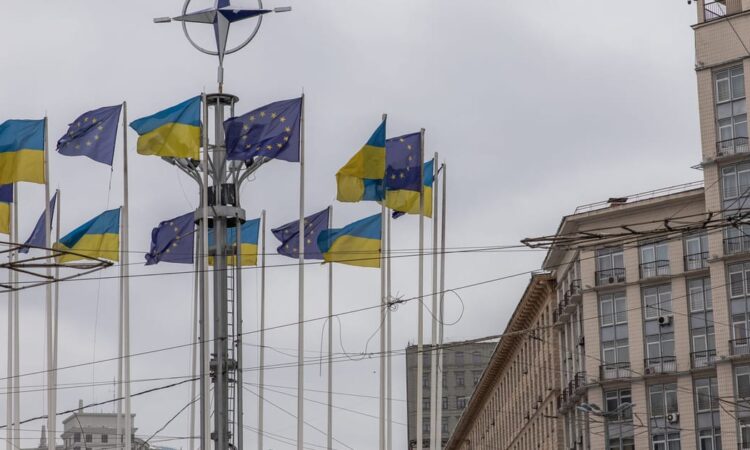
No immediate deal
Talks will take place during a meeting of G7 finance ministers in Stresa, a picturesque town on Lake Maggiore in northern Italy, although officials are curbing expectations of an immediate deal.
Using frozen assets “is an assured source of financing,” U.S. Treasury Secretary Janet Yellen, who has been pushing her European counterparts on the issue for months, told reporters on Thursday. “It’s important that Russia realize that we will not be deterred from supporting Ukraine for lack of resources.”
In a sign the sides are coming together, French Finance Minister Bruno Le Maire said on Wednesday that he welcomed “the evolution of the American position,” which he described as now “in line with international law.”
That’s key because Paris had said the original American idea, to seize the assets in their entirety — which could have been worth some €250 billion — was legally risky.
Yellen said she hoped the talks in Stresa might pave the way for a formal agreement during a mid-June meeting of G7 leaders in Puglia, Italy, although important technical issues will have to be resolved before then.
But for all the convergence, a deal is still far from done. European officials who oppose Washington’s plan note that most of the frozen assets are held on their side of the Atlantic, meaning that any fallout would hit Europe harder than the U.S. Officials also stress that $50 billion is a broad estimate.
Skin in the game
The U.S. and Europe’s most powerful capitals have long been at odds over plans to use over €250 billion in Russian assets that have been immobilized in the West to support Ukraine. Washington backs confiscating the assets altogether, while the EU’s largest countries — Germany, France and Italy — have avoided the idea, fearing it would create financial volatility in the eurozone and leave them open to legal action.






